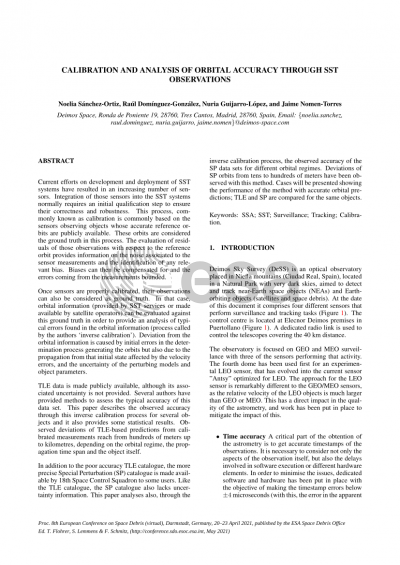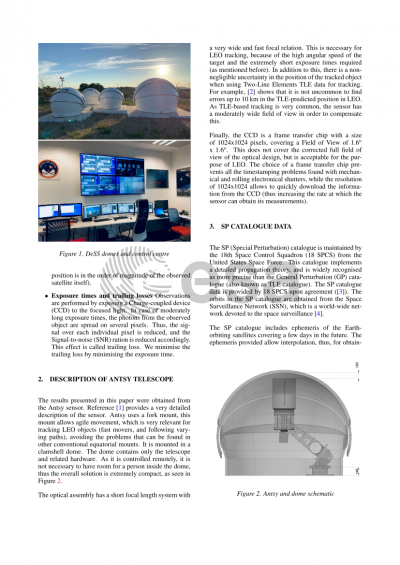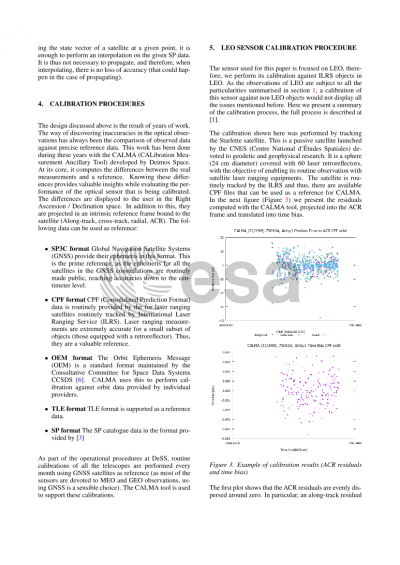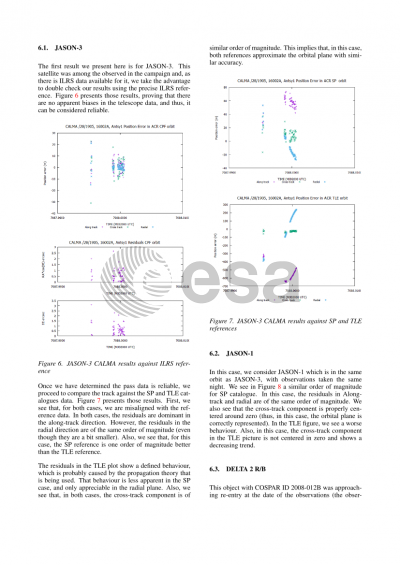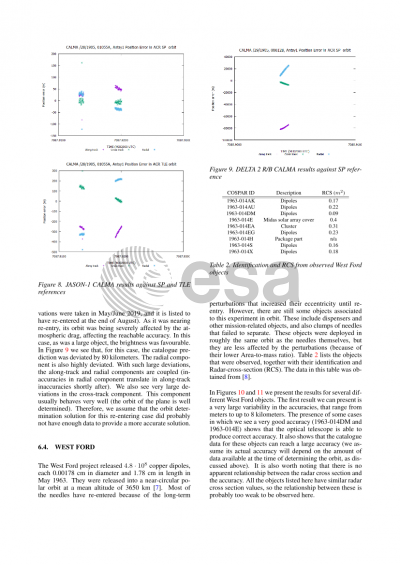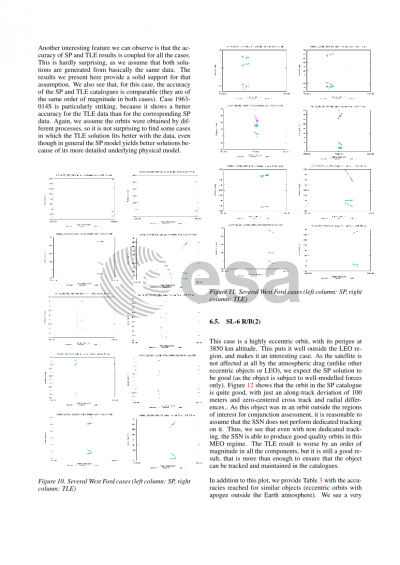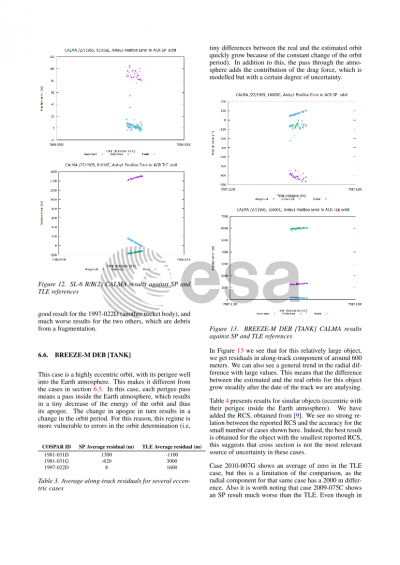Document details
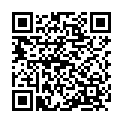
Abstract
Current efforts on development and deployment of SST systems have resulted in an increasing number of sensors. Integration of those sensors into the SST systems normally requires an initial qualification step to ensure their correctness and robustness. This process, commonly known as calibration is commonly based on the sensors observing objects whose accurate reference orbits are publicly available. These orbits are considered the ground truth in this process. The evaluation of residuals of those observations with respect to the reference orbit provides information on the noise associated to the sensor measurements and the identification of any relevant bias. Biases can then be compensated for and the errors coming from the measurements bounded.
Once sensors are properly calibrated, their observations can also be considered as ground truth. In that case, orbital information (provided by SST services or made available by satellite operators) can be evaluated against this ground truth in order to provide an analysis of typical errors found in the orbital information (process called by the authors ‘inverse calibration’). Deviation from the orbital information is caused by initial errors in the determination process generating the orbits but also due to the propagation from that initial state affected by the velocity errors, and the uncertainty of the perturbing models and object parameters.
TLE data is made publicly available, although its associated uncertainty is not provided. Several authors have provided methods to assess the typical accuracy of this data set. This paper describes the observed accuracy through this inverse calibration process for several objects and it also provides some statistical results. Observed deviations of TLE-based predictions from calibrated measurements reach from hundreds of meters up to kilometres, depending on the orbital regime, the propagation time span and the object itself.
In addition to the poor accuracy TLE catalogue, the more precise Special Perturbation (SP) catalogue is made available by 18th Space Control Squadron to some users. Like the TLE catalogue, the SP catalogue also lacks uncertainty information. This paper analyses also, through the inverse calibration process, the observed accuracy of the SP data sets for different orbital regimes. Deviations of SP orbits from tens to hundreds of meters have been observed with this method. Cases will be presented showing the performance of the method with accurate orbital predictions; TLE and SP are compared for the same objects.
Preview
